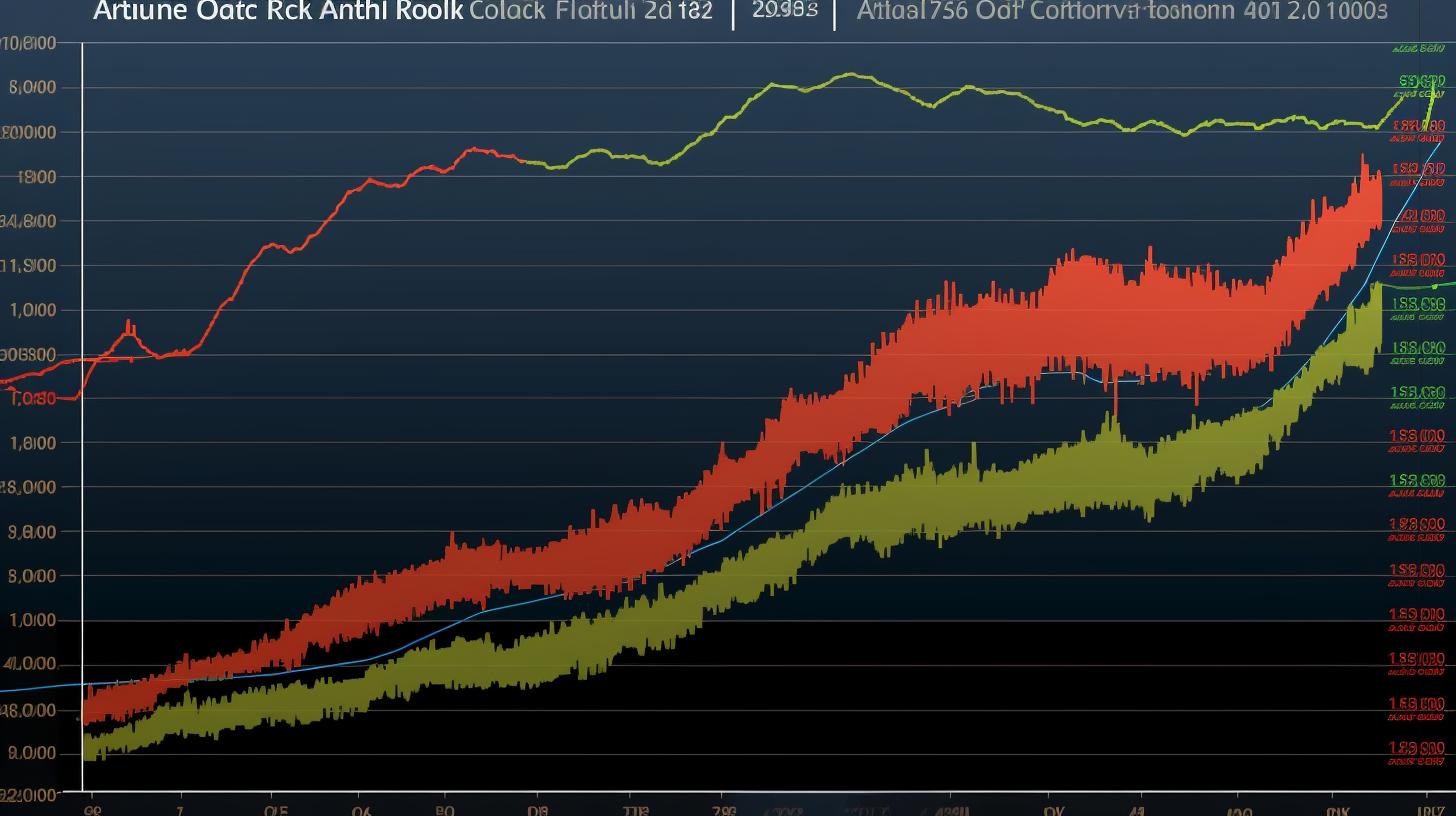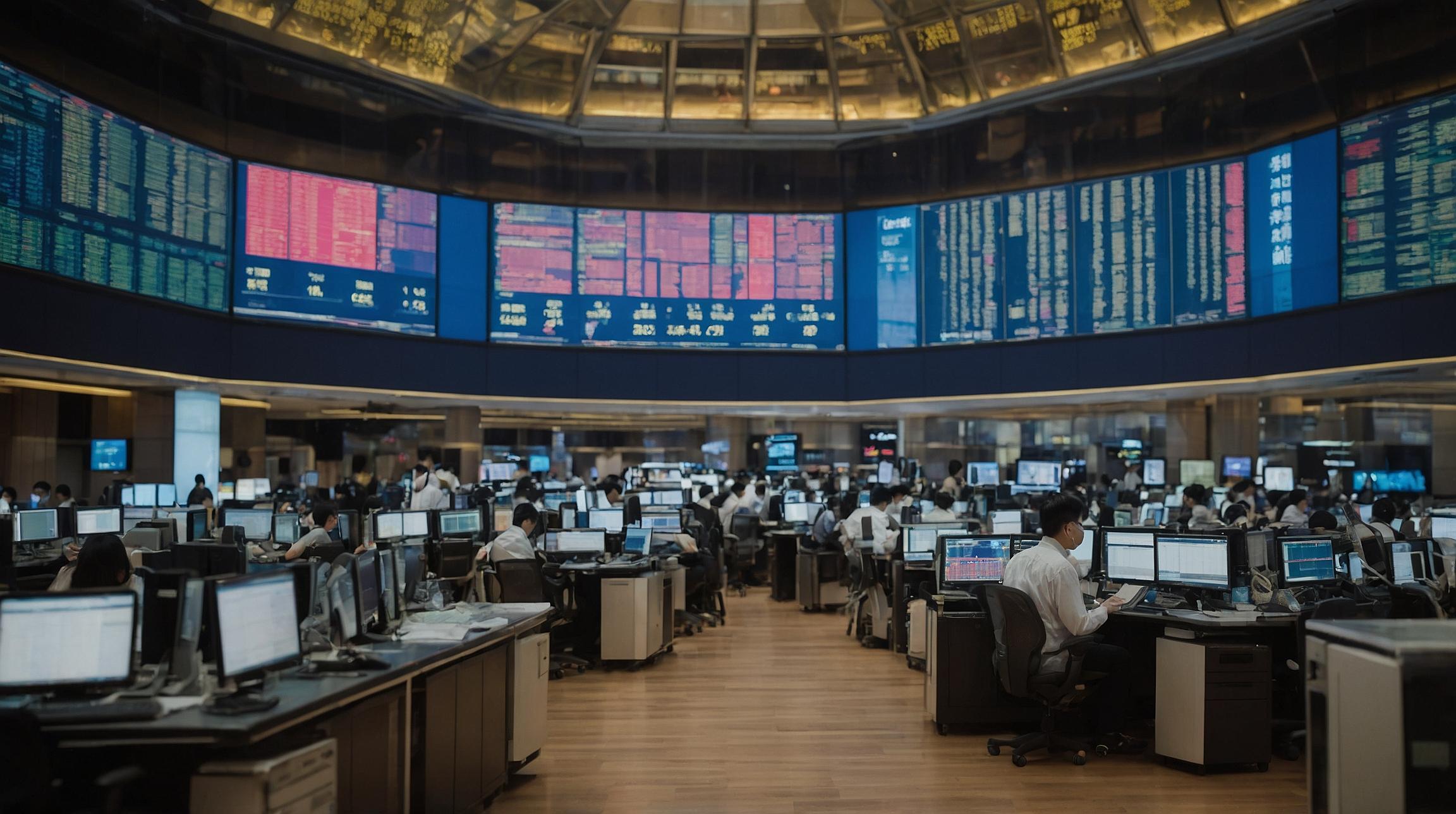The Resilience of the Stock Market and Its Impact on Retirement Accounts
The stock market has played a significant role in boosting the value of retirement accounts. Despite concerns of a potential recession and high interest rates, the economy has remained resilient and the job market has remained strong. This has helped companies maintain their profits and avoid significant dips in stock prices. As a result, the benchmark S&P 500 index gained 15.9% in the first half of the year. While individual retirement accounts and 401(k) plans typically hold diverse portfolios, including foreign stocks, bonds, and cash, the overall performance of the stock market has positively impacted the growth of these accounts.
The State of 401(k) Plans: Balances and Participation Rates
The average balance of a 401(k) plan stood at $112,400 at the end of the second quarter, representing a 4% increase from the first quarter and an 8.3% increase from the same period last year. However, the median balance was significantly lower at just $24,800. This suggests that while many Americans have access to 401(k) plans (about 35% of the population), the balances vary widely. Despite the disparity, the overall increase in balances reflects a positive trend in retirement savings.
Increasing Value of Individual Retirement Accounts (IRAs)
Individual retirement accounts (IRAs) also experienced growth in the first half of this year. The average balance of an IRA rose by 5% to $113,800. Although this increase was slightly smaller compared to 401(k) plans, it still indicates a positive trend. IRAs offer an additional avenue for individuals to save for retirement and benefit from the performance of the stock market.
Stock Market Performance: Factors Driving Gains
The stock market’s strong performance can be attributed to several factors. Despite concerns about high interest rates, the economy has defied expectations of a recession. The job market has remained robust, which has boosted company profits and investor confidence. Additionally, the stock market has been resilient to inflationary pressures, allowing it to continue its upward trajectory. As a result, the S&P 500 index gained 15.9% in the first half of the year and continued to rise in subsequent months.
Explaining the Gap: S&P 500 vs Retirement Account Balances
There is often a gap between the returns on the S&P 500 and the average balances of retirement accounts. This is primarily due to the diversified nature of 401(k) and IRA plans. These accounts typically hold various asset classes, including foreign stocks, bonds, and cash, in addition to U.S.-based stocks represented by the S&P 500. Moreover, younger retirement savers tend to have a higher allocation in aggressive stocks, while those closer to retirement adopt a more conservative approach to minimize market volatility and protect their savings.
The Bottom Line: Resilience and Consistent Saving
The resilience of the stock market and a consistent savings rate have contributed to the growth of retirement accounts in the first half of this year. The average balance of a 401(k) plan reached $112,400, while the average balance of an IRA rose to $113,800. The stock market’s strong performance, coupled with the diversified nature of retirement accounts, has driven these gains. As individuals continue to save for retirement and benefit from market growth, it is crucial to maintain a consistent savings rate to secure a comfortable retirement.
Analyst comment
Positive news. The stock market’s resilience and consistent savings rate have led to growth in retirement accounts, with average 401(k) plan balances increasing by 4% and reaching $112,400. Individual retirement accounts (IRAs) also experienced growth, with average balances rising by 5% to $113,800. The stock market’s strong performance and diversified nature of retirement accounts are driving these gains. As individuals continue to save and benefit from market growth, maintaining a consistent savings rate is essential for a comfortable retirement. The market is expected to continue its upward trend.













